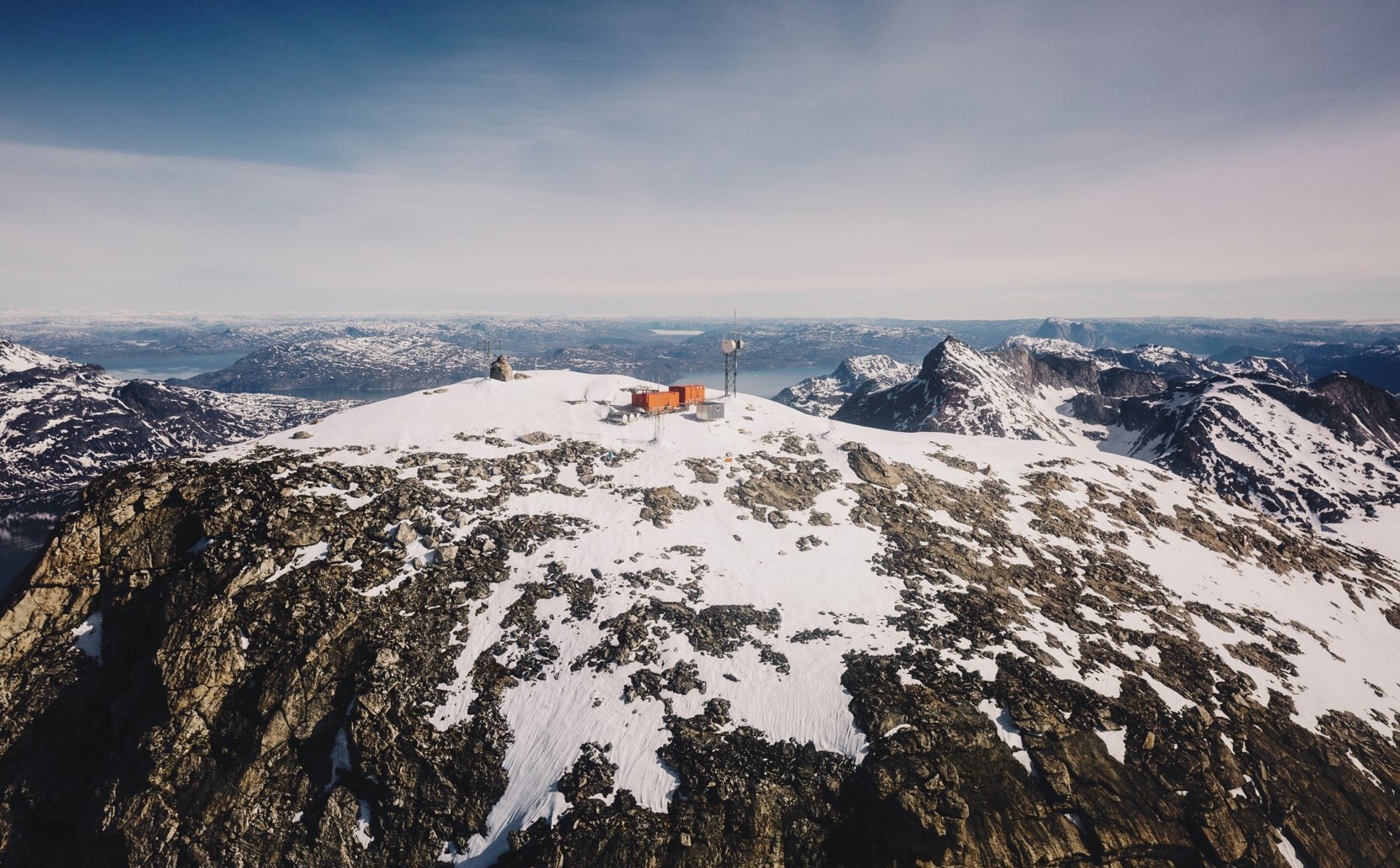No matter where you live in Greenland, you can now get a 4G signal
All Greenland’s populated places now have access to fast mobile internet connections.

Last week, Tele-Post, Greenland’s nationally controlled telecom, began offering 4G, the fastest type of commercially available internet connections for mobile phones, to residents of Qeqertaq (population 130). With the upgrade, the company can now offer 4G in all of Greenland’s populated places.
Installing equipment that can provide a 4G connection (and can be upgraded to 5G, once the next generation of services is available) in Qeqertaq and other settlements along Greenland’s western coast is part of a series of investments undertaken by Tele-Post in recent years aimed at modernizing the country’s telecom infrastructure and bringing high-speed services to 92 percent of residents.
Expanding the 4G network required installing new equipment at 119 relay stations this summer, a task involving three teams working six months from boats and aircraft. The work was originally planned to continue into next year, but was completed ahead of time.
[Bringing the Arctic to the internet]
Telecoms services are delivered to most of Greenland’s populated places through a high-speed undersea cable that links the country to Iceland and Canada, or a network of microwave relay stations.
For areas that do not have access to either, primarily the Qaanaaq area, in the extreme northwest, and settlements on the eastern coast, signals are provided by satellites. Although people in these areas can receive a 4G signal, the slower speeds these types of connections offer mean their connection will be slower than the rest of the country.
Tele-Post began offering 4G in 2013. Subscribers in Nuuk were the first to be offered the service. Other towns and settlements were gradually added. The final push to upgrade all settlements from 3G (a service 12 times slower) and, in some cases, 2G (which is 900 times slower), was undertaken with Ericsson, a hardware maker, to install equipment that will provide a type of connection known as fixed wireless.
[Regional differences complicate efforts to bring broadband to the Arctic]
Fixed wireless connections operate in much the same way as a traditional, wired, internet connection, in which a signal is delivered directly to a home. However, instead of being transmitted over a cable, the signal is beamed to a receiver.
Such systems require that the receiver have a clear view of the transmitting tower and generally offer a slower speed than wired connections. Nevertheless, they are gaining popularity in areas without an existing internet infrastructure as an acceptable compromise between more expensive wired connections, and slower, less expensive, satellite connections.